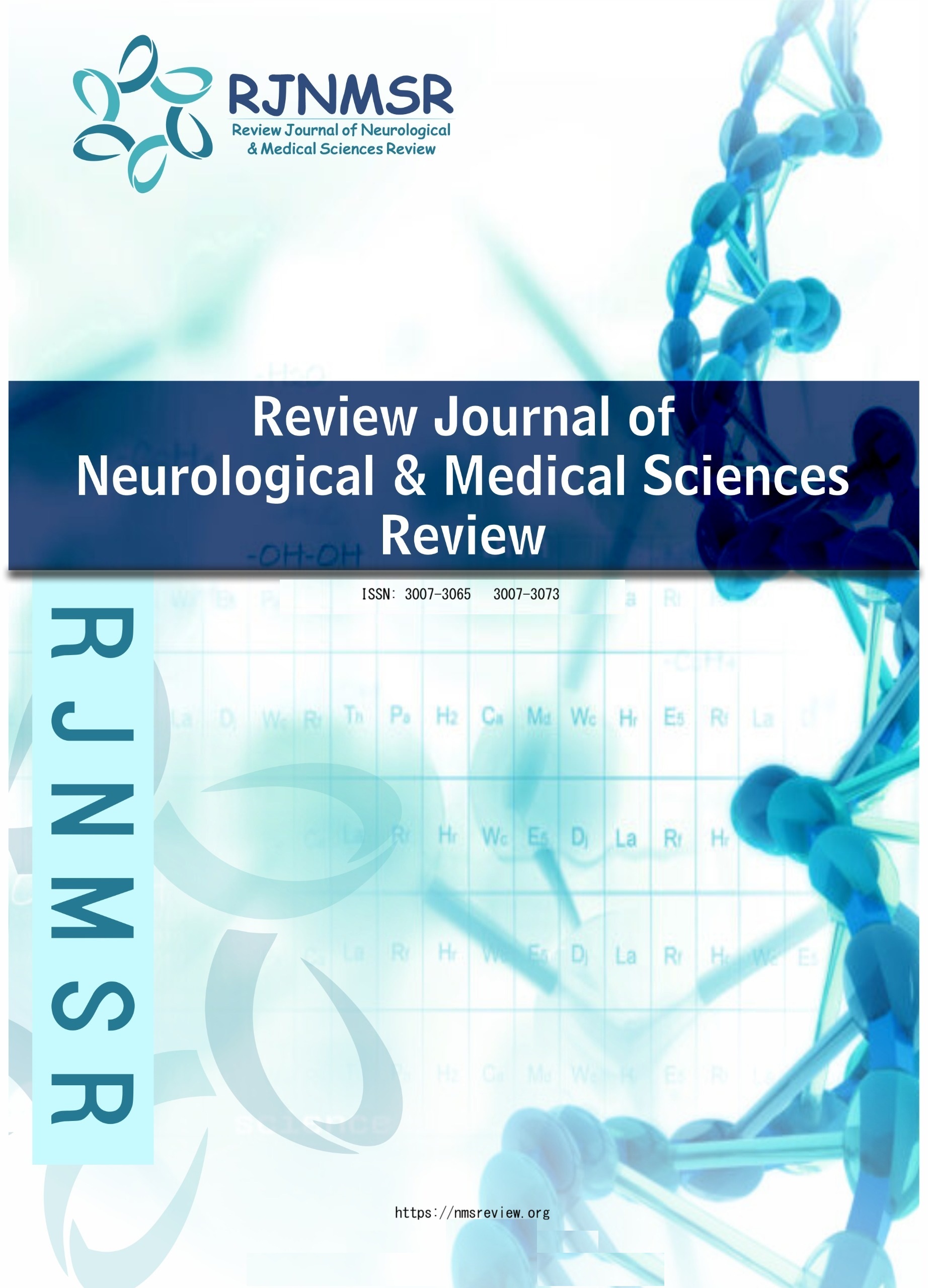THE IMPACT OF UTERUS DIDELPHYS ON FERTILITY AND PREGNANCY: A CASE REPORT AND LITERATURE REVIEW
DOI:
https://doi.org/10.63075/nf96a739Abstract
Background: Uterus didelphys is a rare Müllerian duct anomaly that causes complete duplication of the uterus and presents distinct challenges in reproductive medicine. While it does not directly cause infertility, it is associated with increased risks of preterm birth, miscarriage, and abnormal fetal presentations.
Case Presentation: A 23-year-old woman with uterus didelphys and a longitudinal vaginal septum conceived spontaneously after 18 months. Infertility evaluation revealed male factor infertility and hyperprolactinemia in both partners. She experienced a first-trimester hemorrhage, managed conservatively, and developed gallstones in the second trimester, treated medically. Despite these complications and childbirth anxiety, the pregnancy progressed to term. After discussing her anatomic and psychological considerations, the team and patient opted for elective cesarean section, resulting in the delivery of a healthy 3550g boy.
Literature Analysis: To contextualize this case, a review of 22 recent cases showed that 68% of uterus didelphys pregnancies were delivered by cesarean and 32% vaginally. Indications for surgery included breech presentation, twin gestation, labor complications, and maternal anxiety. The presence of a vaginal septum does not preclude successful vaginal birth, underscoring the need to individualize delivery plans.
Conclusion: Achieving favorable pregnancy outcomes in uterus didelphys requires comprehensive infertility assessment for both partners, vigilant prenatal monitoring, and tailored delivery planning that respects medical priorities and patient preferences. This case highlights the importance of addressing psychological factors and making decisions collaboratively, demonstrating that successful results are achievable through a coordinated, team-based approach.
Keywords: Uterus didelphys, Müllerian anomalies, infertility, preterm birth, cesarean section, tocophobia, reproductive outcomes

